Botrytis — a fungus often referred to as “noble rot” and “bunch rot” — is considered by many growers to be an unwelcome visitor that can occur following rainy years.
In France it’s a common practice utilized for sweet wine, but could it be implemented in the U.S?
“Considering the annual rainfall, few places in the United States could experience significant botrytis in their vineyard,” said Jean Jacques-Debordieu, the owner of Château Doisy-Däene and co-president of the Sauternes Regional Council. “Some places along the Russian River in California, or in Virginia or Washington, could potentially produce some botrytised wine.”
In the Sauternes-Barsac appellation in France, one grower’s trash is the treasure of growers in that region who use the disease brought on by humid, wet conditions to craft unique, sweet wines.
Jacques-Debordieu said botrytis is a serious issue every time you have more than 600 mm of rain per year in a vineyard, so the condition is common in Bordeaux, especially in Sauternes-Barsac, which is neighbors with the Garonne and Ciron Rivers and Landes Forest.
However, winemakers in the region know how to deftly use it to their benefit.
“The idea is to collect every wave or generation of botrytis. Botrytis spores come from the soil and are reactivated at every rainfall,” he explained. “So usually, after one significant rain (15-20 mm), we wait two or three days to get everything dry before we harvest the vines by hand.
“Concretely, we ask a lot more of a grape-picker in Sauternes-Barsac: He has to open and smell each bunch. We used to say a good grape-picker in Sauternes-Barsac has to have his nose the same color as botrytis to show that he checks every bunch!”
The fungus digests the skin of the berries and allows water evaporation if weather conditions are warm enough in the following days, and it generates a self-defense mechanism in the berry to fight against the invader.
“The berry produces precursors of aroma, especially around 13 degrees (Celsius),” he explained. “There are 50 times more precursors of aroma in a berry defending itself against botrytis than at the optimal level of maturity.
“These precursors of aroma are transformed into aroma during the fermentation. This more or less means that a berry attacked by botrytis is potentially 50 times more aromatic than a standard grape.”
While digesting the skin, botrytis also destroys the biggest part of the phenolics content responsible for oxidation, he noted.
“That’s why botrytis gives our wines the incredible capacity to age,” he said. “It is maybe the only fine wine able to age more than one century in the cellar and more than one month in the fridge once the bottle opened.”
The main grape of the appellation is now Semillon. In 1855, Jacques-Debordieu explained, during the classification, Sauvignon was more commonly planted. Sauvignon is an incredible grape, aromatically speaking, but also very fragile. That’s why little by little — and especially after the frost in 1956 — the appellation converted the vineyard with more Semillon, which is stronger especially during the sensitive period of September.
“Old vines are the key,” he waid. “Young vines are very often too vigorous. Too much nitrogen (usually present in young vines) makes for early botrytis and bigger risks of grey rot and vinegar rot.”
Best practices include early but reasonable de-leafing in mid-July to optimize the condition of botrytis’ arrival. Three or four tries during harvest is still the rule.
“Even if sometimes, the first try is small in volume and costs a lot, these historically different harvests are the key to always getting pure botrytis and preparing the next passage,” he said.

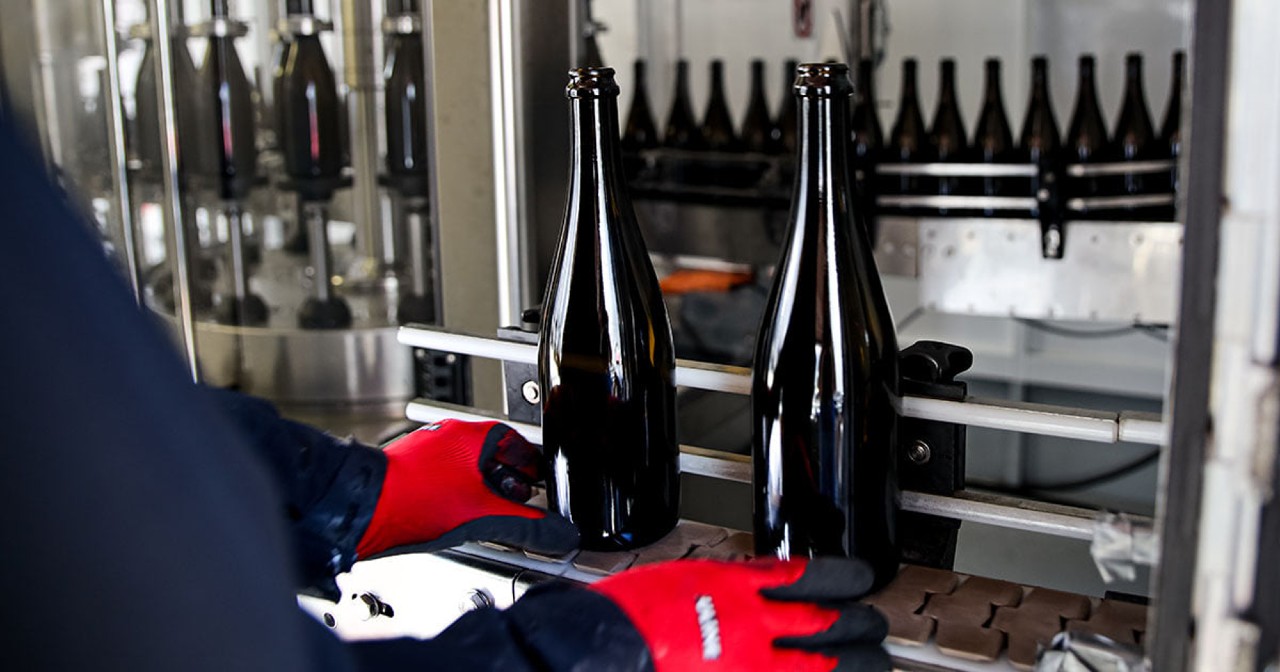
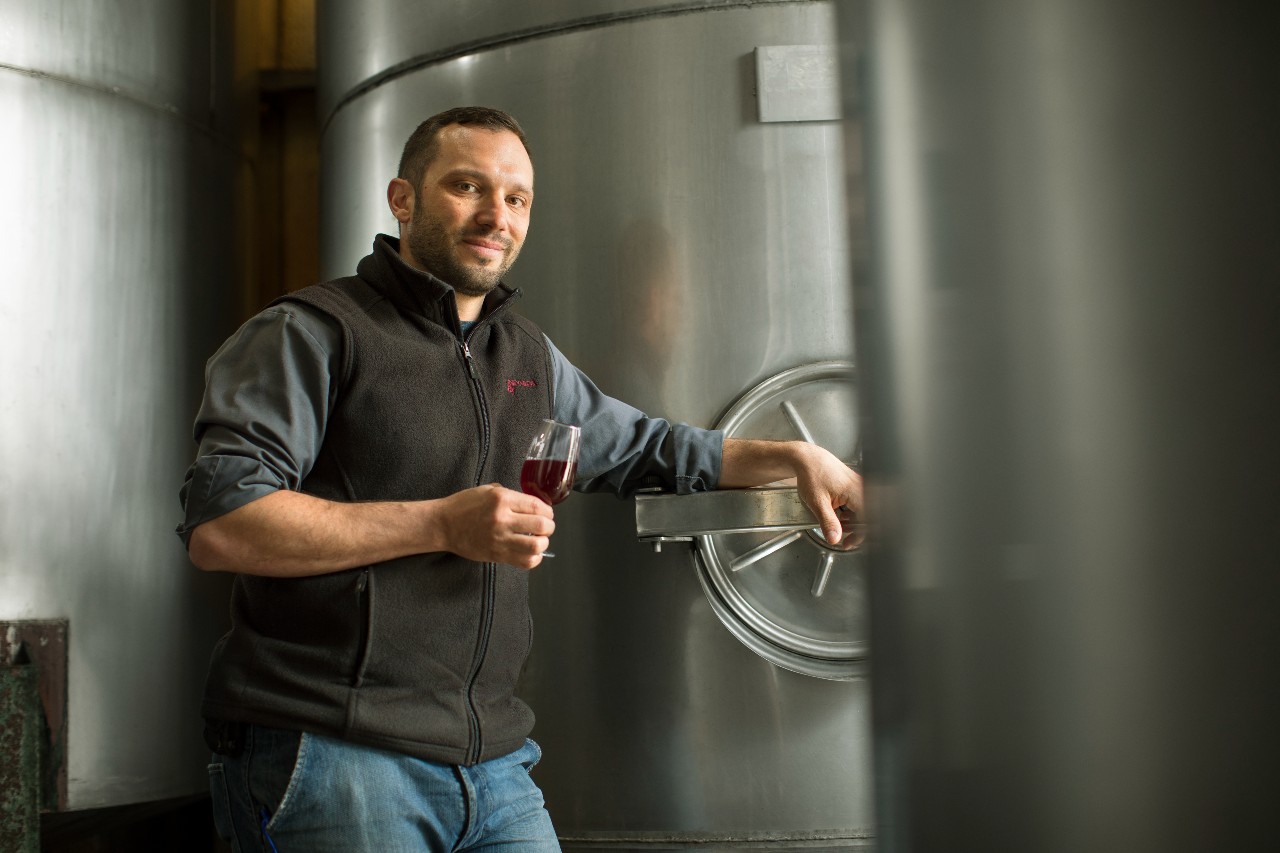
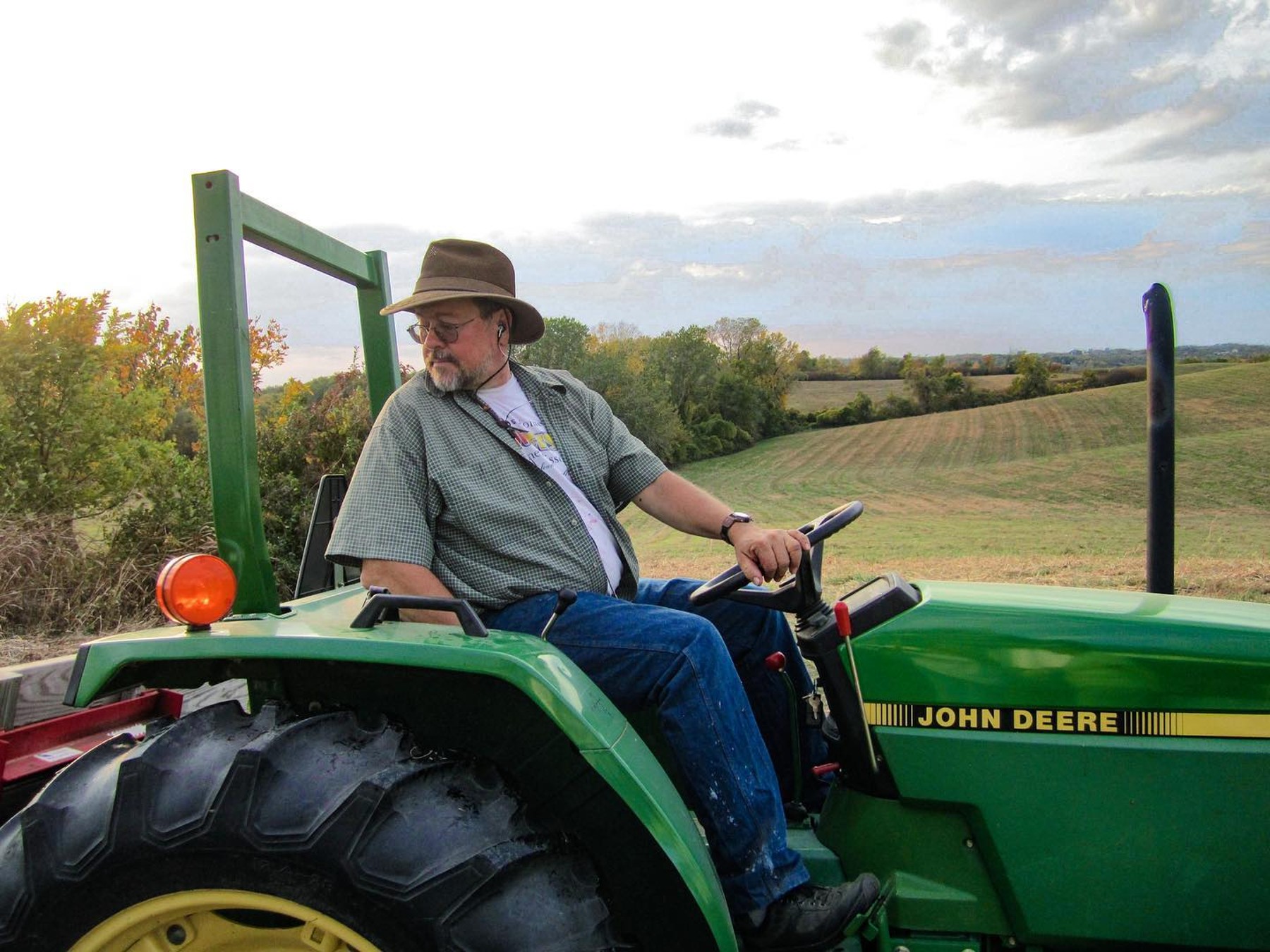
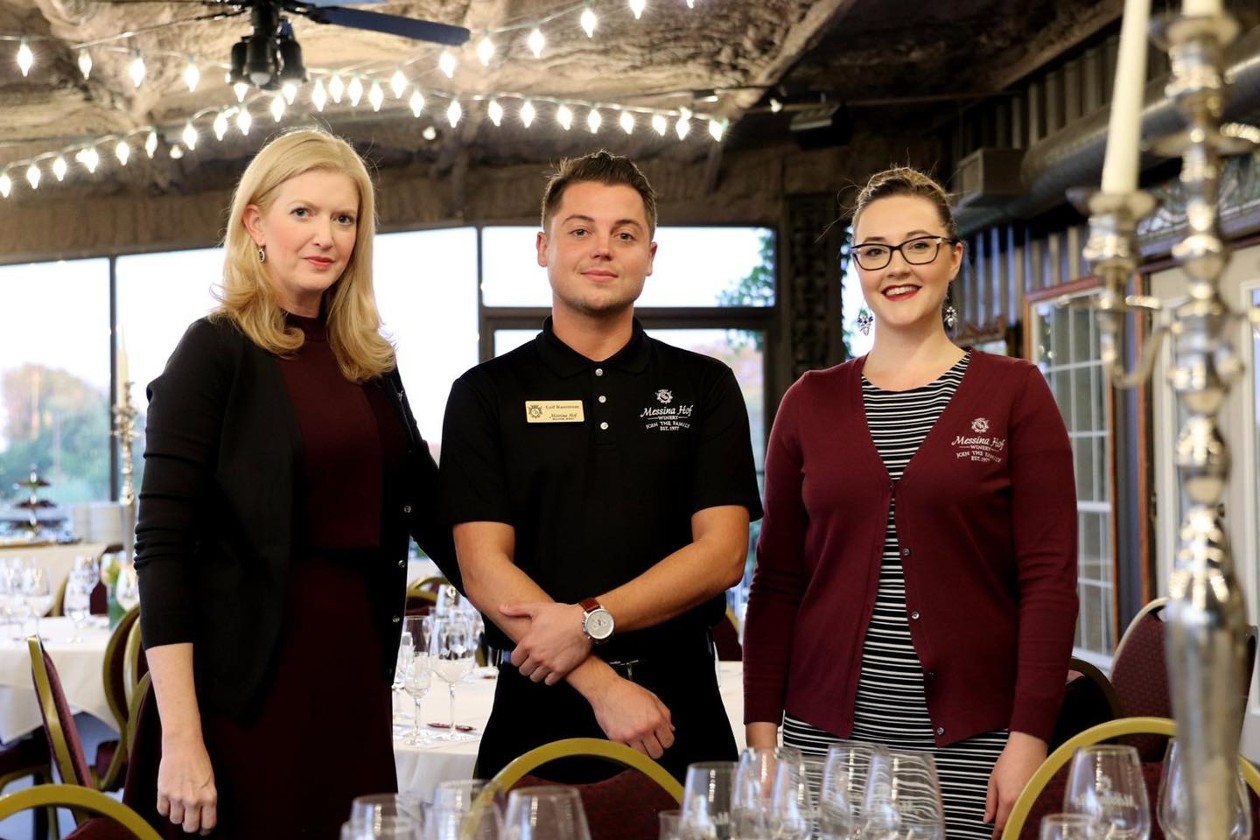
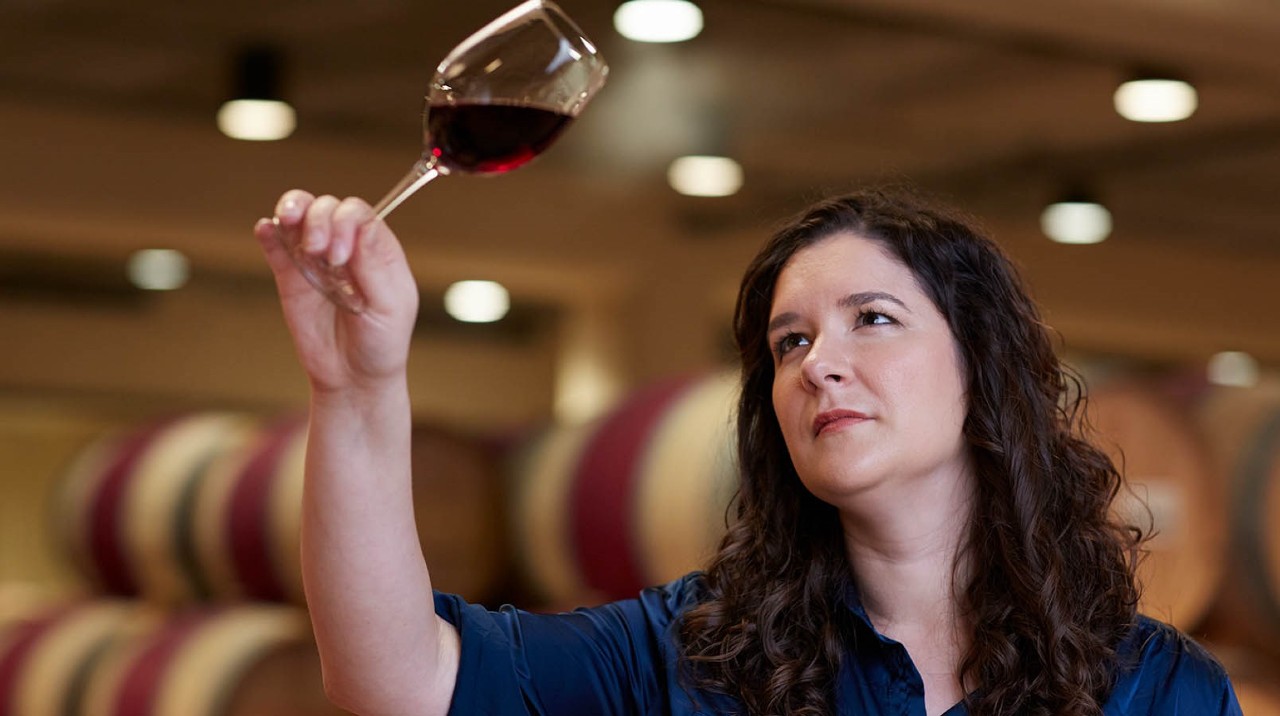


Be the first to comment